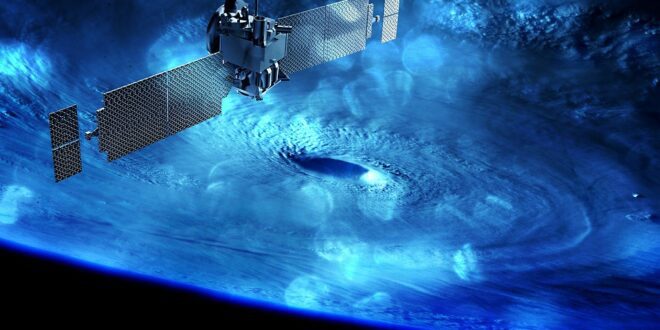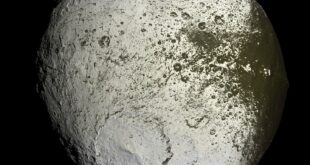Exploring the Final Frontier with these Top 10 Deep Space Probes
Introduction
Space exploration has come a long way since the launch of the first satellite, Sputnik 1, in 1957. Thanks to the pioneering efforts of many countries, we now have a better understanding of our universe and the possibilities that exist within. Many deep space missions make up a significant part of this effort, and they have played an essential role in deepening our knowledge about our solar system and beyond.
Voyager 1 and Voyager 2
When it comes to deep space missions, few have been as successful as the Voyager spacecraft. Launched in 1977, both Voyager 1 and Voyager 2 were tasked with collecting data about the outer planets of our solar system. Since then, they have continued their journey towards interstellar space, sending back crucial information about the heliosphere.
Cassini-Huygens
Another mission aimed at exploring the outer planets was Cassini-Huygens. This probe orbited Saturn for 13 years, sending back data on the planet’s rings and numerous moons. The Huygens lander also touched down on the moon of Titan, where it sent back never-seen-before details about its surface composition.
New Horizons
In 2015, New Horizons reached Pluto after a nine-year journey through space. In the following months, the spacecraft sent back priceless data that proved to be a milestone for space exploration history. This data revealed important insights, including evidence of glaciers, dunes, and cryovolcanoes discovered beneath Pluto’s crisp, icy crust— insights that may hold significant implications for understanding the formation of our solar system.
Juno
NASA’s Juno spacecraft reached Jupiter more than a year and a half ago, and since then, it has been promoting curiosity and understanding of one of the solar system’s most massive planets. By using revolutionary technology, Juno has been maintaining a detailed record of Jupiter’s magnetic and gravitational fields and discovering new details concerning the planet’s storms and regressive gravitational force.
Chang’e-4 Mission
China’s Chang’e-4 mission achieved a landmark in 2019, and was the first-ever soft-landing on the far side of the Moon. This feat opened up vast possibilities for further research on the lunar frontiers.
Opportunity and Spirit
In 2004, the Mars rovers Opportunity and Spirit made history as the first machines to rove on the surface of the Red Planet. Their journeys have been meandering, treacherous, and nothing short of enthralling. Spirit ceased communication with Earth in 2010, while Opportunity left Mars nine years later. Their finds on Martian soil still inspire astronomers and space enthusiasts today and are a testament to the possibilities of sending robotic research equipment out into the celestial plains.
Kepler Mission
Launched by NASA in 2009, the Kepler spacecraft’s mission was to look for exoplanets or planets outside our solar system that might potentially support life. During its mission, it identified thousands of exoplanets, including quite a few Earth-like ones. When manned schemes to space may be hundreds of years away, Kepler and the others here mark significant stepping-stones in understanding how we stand with our finds in the universe.
IceBridge Mission
While numerous deep space probes focus on the vast wastelands beyond the Earth, IceBridge is dedicated to space closer to home — home as in Antarctica, and the Arctic among other hemisphere poles. Scientists use IceBridge to study changes in the polar ice caps using waves of airborne equipment that color the austere snow circle from unique perspectives.
OSIRIS-REx
Launched back in 2016, NASA’S Aerodesigned OSIRIS-REx spacecraft aims to study the asteroid Bennu in extreme detail. The precursor probe and sampling tool launched in late Ocotber 2023, determined to collect possible organic molecules and material from Bennu’s surface for later extensive cosmic analysis back on Earth.
Conclusion
From exploring our system’s furthest planets to looking deep into individual groups of stars and celestial bodies — current deep space missions depict the scientific community’s relentless attempts to understand and discover the secrets of the cosmic universe. These 10 space probes hold significant value for scientific thinking during their meticulous exploration of our place in the universe. Fascinatingly, their journeys never end as space yet holds infinite mysteries for unknown bodies and countries to discover.
 Mind Uncharted Explore. Discover. Learn.
Mind Uncharted Explore. Discover. Learn.



